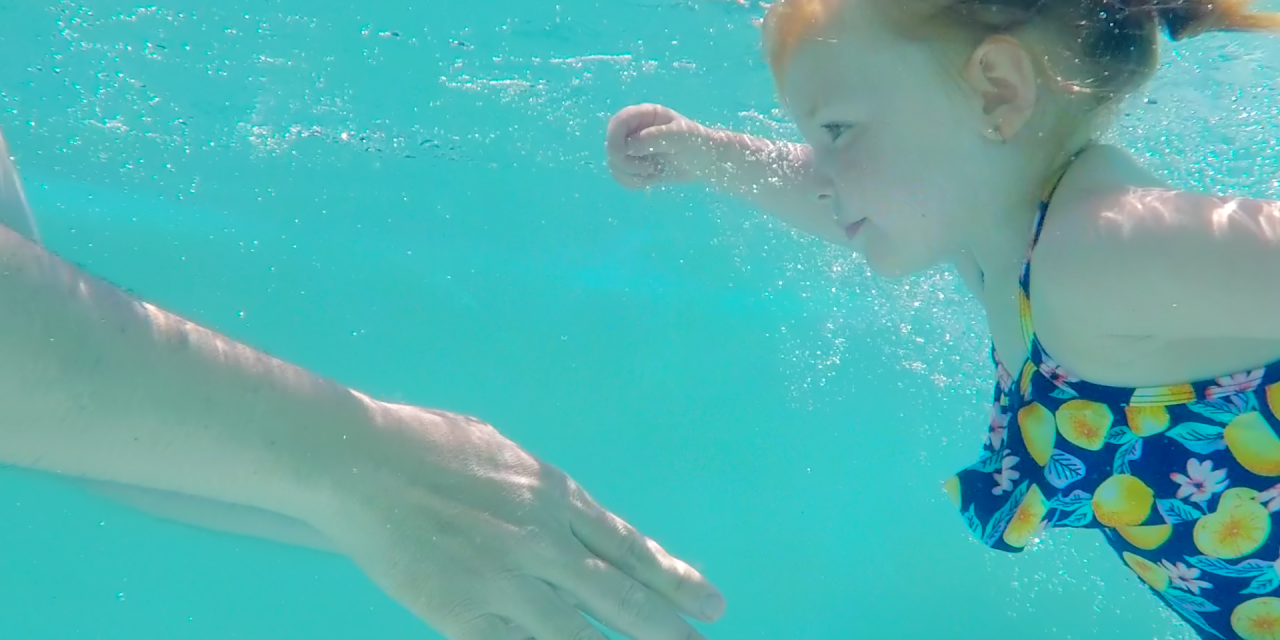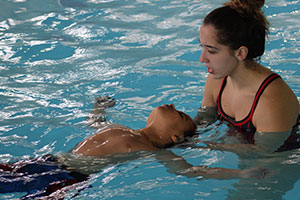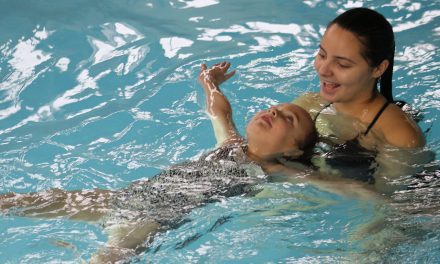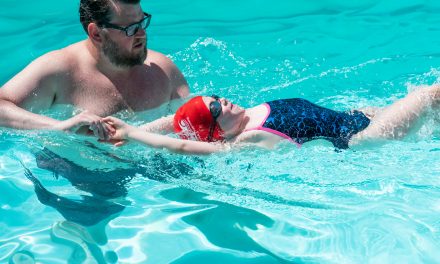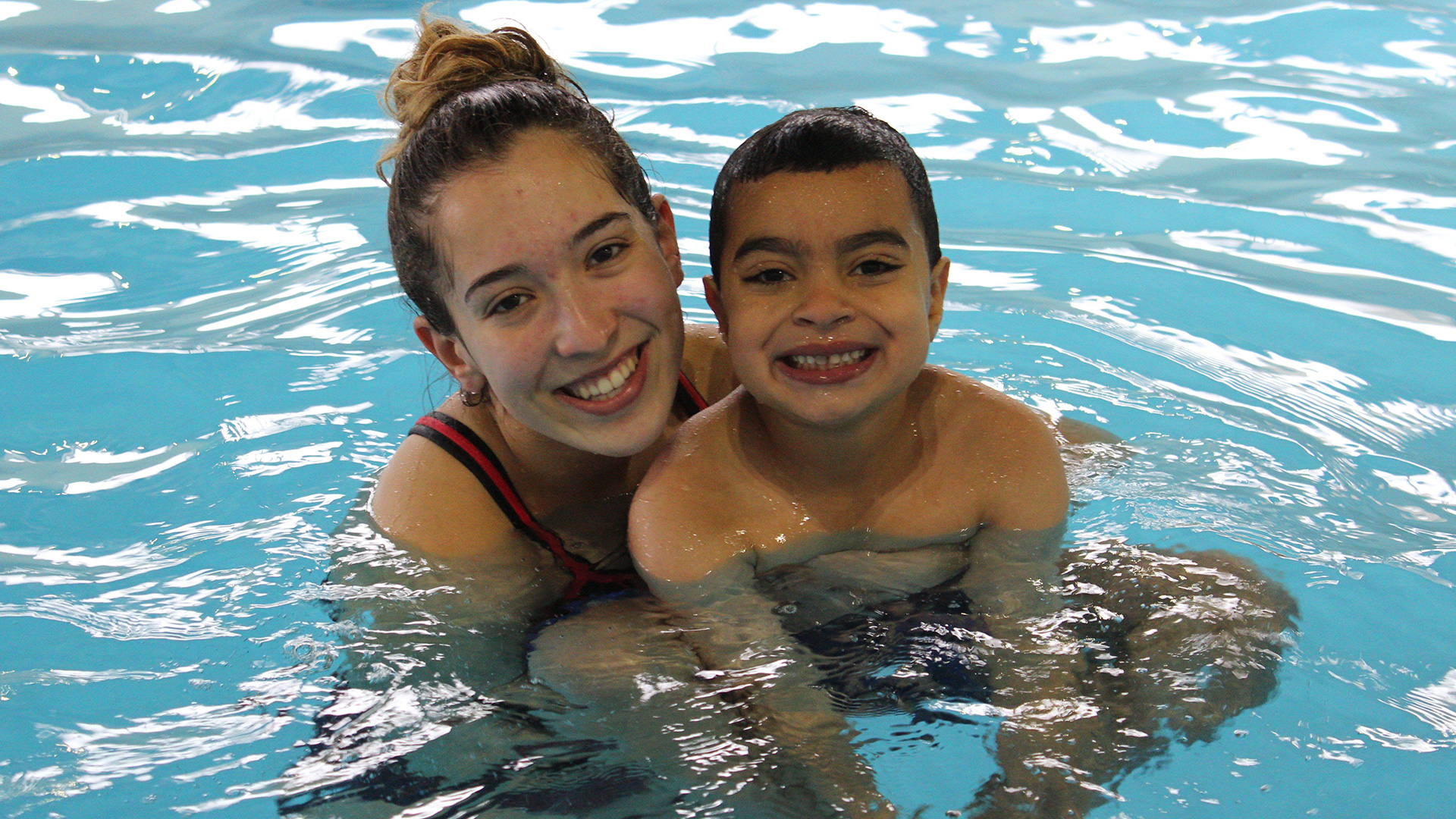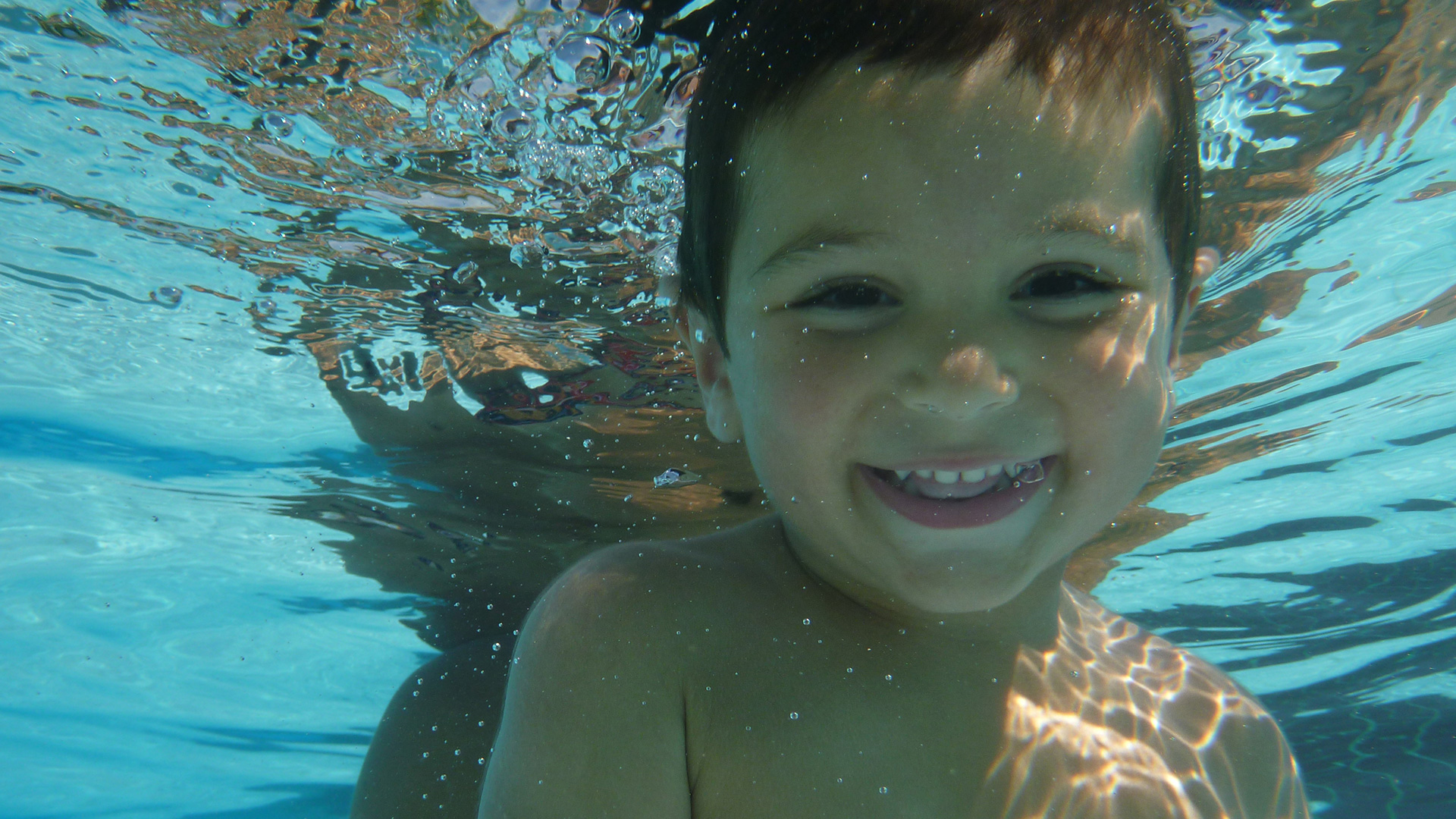There have been a lot of drownings this year. And every drowning is tragic, unnecessary and in most cases, completely preventable. The scariest part is that we saw it coming, and there was still nothing we could have done about it. We discussed the heightened risks of swimming in a covid summer, namely that the combination of less access to supervised swimming locations, the spike in residential pool installations, and distracted WFH parents were creating a perfect storm for a summer of drowning accidents.
Regrettably, these and other factors have contributed to one of the deadliest summers to date, in terms of drowning deaths. Some facts:
· As of today July 28, there have been 60 drownings in Quebec in 2020, compared to 41 at the same time last year – an increase of 46.3%
· There were 58 total drownings in 2019, and 57 in 2018
· We are on track for 85 drownings in 2020, which would be the highest since 2012
The Lifesaving Society of Quebec has an excellent infographic on the distribution of drownings in Quebec in the past few years. Needless to say, prior to this year’s pandemic, drownings were trending downwards for the last 7 years. Fortunately, there are some common trends, and with a little community education we can prevent a few more of these tragedies.
Who is drowning
The Journal de Montreal has a up-to-date list of each drowning that occurred this year, including a short summary of what happened and to whom. In general, two primary drivers stand out: adults swimming alone and/or without a lifejacket, and children who get into nearby pools (or bodies of water) they are not supposed to.
The most common theme among the drownings are male adults who are swimming alone and/or without a lifejacket. In case after case, adults of all ages have drowned after getting caught up in a current, falling off a boat, or simply getting caught too far from shore. It’s important to note many of these adults were able to swim (though the extent of their swimming skills is undetermined). Sadly for the men out there, the vast majority of adult drownings – a staggering 90% – are men (compared to 82% in 2019).
Child drownings are especially tragic, and this year has been no different than past years. Historically, about 6% of drowning deaths are children 4 years and younger. 2020 has already seen 6 drownings of children 4 years and younger, a staggering 10% of the total. 5 of the 6 were in residential pools (the last was a boating accident). The common theme among the drownings in residential pools is an absence of supervision and the fact that each child got into a pool they were not supposed to be in. In 2 of these situations, the pools met all the requirements for backyard pool safety as outlined by provincial guidelines.
Almost all drownings are preventable, and in the case of children every single one can and should be avoided. Several things can be done to improve your family’s safety around water and reduce drownings moving forward:
What Adults Should Do
Always swim with a buddy. Swimming alone is a significant common denominator in many of the drownings we’ve seen this year.
Wear a lifejacket at all times if you are in open water or on a boat, or if you re not a comfortable, capable swimmer. Ok admittedly the ‘capable swimmer’ part falls into a gray area, as many people reject the notion of wearing a lifejacket since they can ‘swim’. But knowing to swim is relative, thus I recommend a baseline test to determine how capable a swimmer is: if someone can swim 50m comfortably, tread water for 3 minutes, and be able to return to the side after a fall in deep water, THEN I would consider them capable.
What Parents Should Do
Know your environment and plan accordingly if there are pools or bodies of water around. And this doesn’t just mean if you have a pool in your backyard; do your neighbors have a pool? Are you up north at a chalet with a lake or stream nearby? If so, know where your kids are at all times and communicate a Swim Safety Plan to your kids and get them involved in their own safety.
Take swim lessons at the earliest age possible. Most swim clubs offer classes as of 3 months. Start young and don’t stop until your child is a capable swimmer. And even then, it’s recommend to stay in swimming and explore the benefits of growing up in the aquatic community. Don’t forget it’s never too late to learn either, you adults out there!
What Government Can Do
Help educate their communities more on these water safety tips. Just like how the provincial government is doing an excellent job educating people about covid-safety (masks, distancing, hand-washing etc), a similar campaign and just keeping the conversation going can effectively help educate the community.
Make swimming lessons mandatory or part of the school curriculum for young children. Ensuring more young children learn how to swim at the youngest age possible is the most effective long term solution. Years down the road, this will result in more adults being stronger swimmers and trickle-down effect will continue to improve the water safety abilities of our communities for generations to come.
Require pool & water front operators to better advertise safety rules and make it mandatory for them to enforce the wearing of a life jacket.
By focusing on preventing the common issues that cause drowning, and targeting the different demographics with improved regulations and policies, over time public education will help reduce unnecessary drownings. Swim safely everyone!


